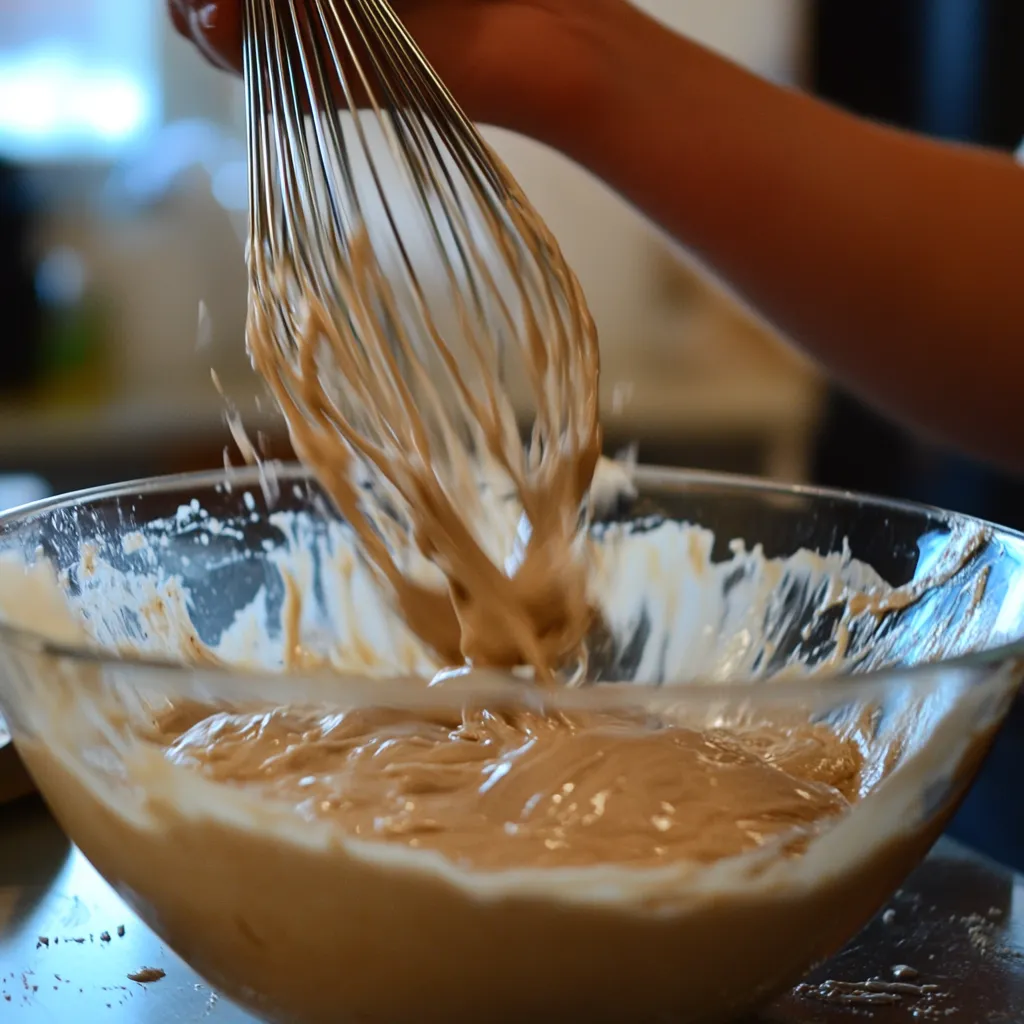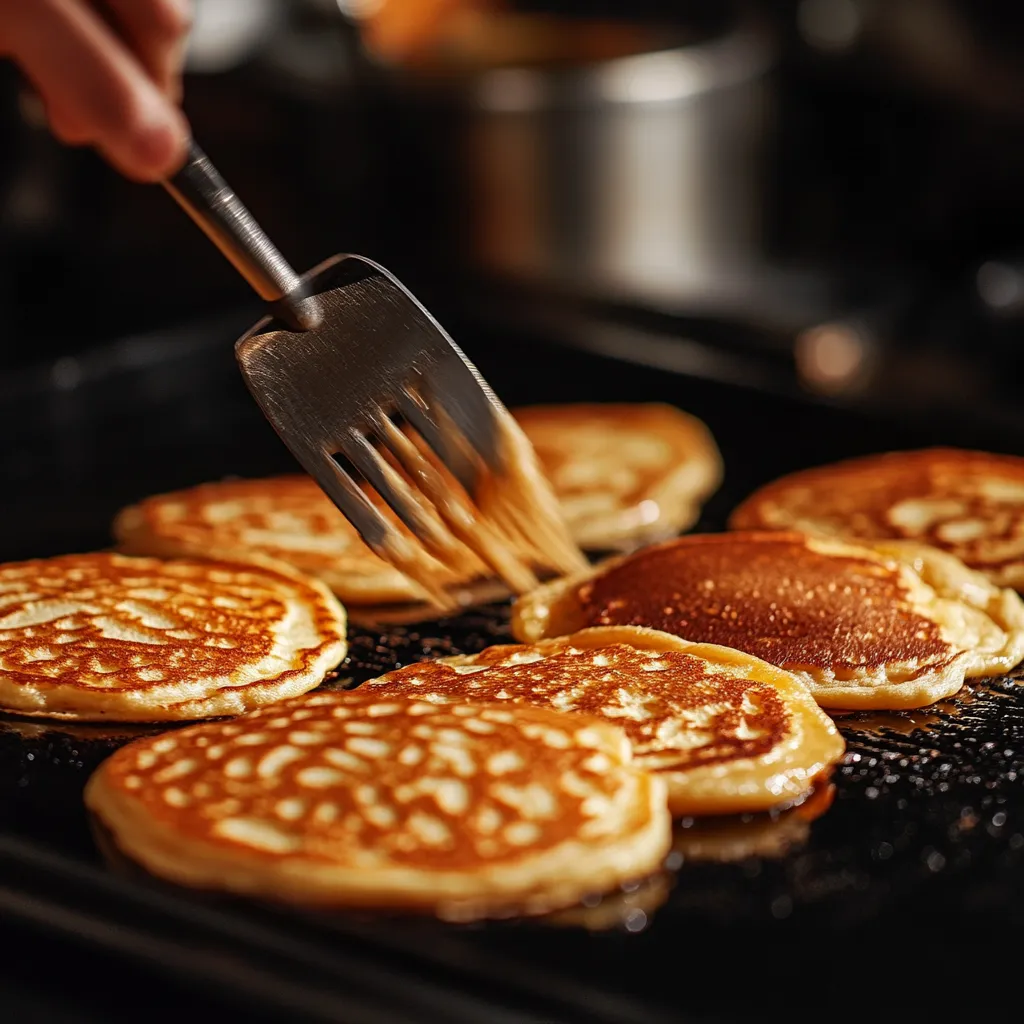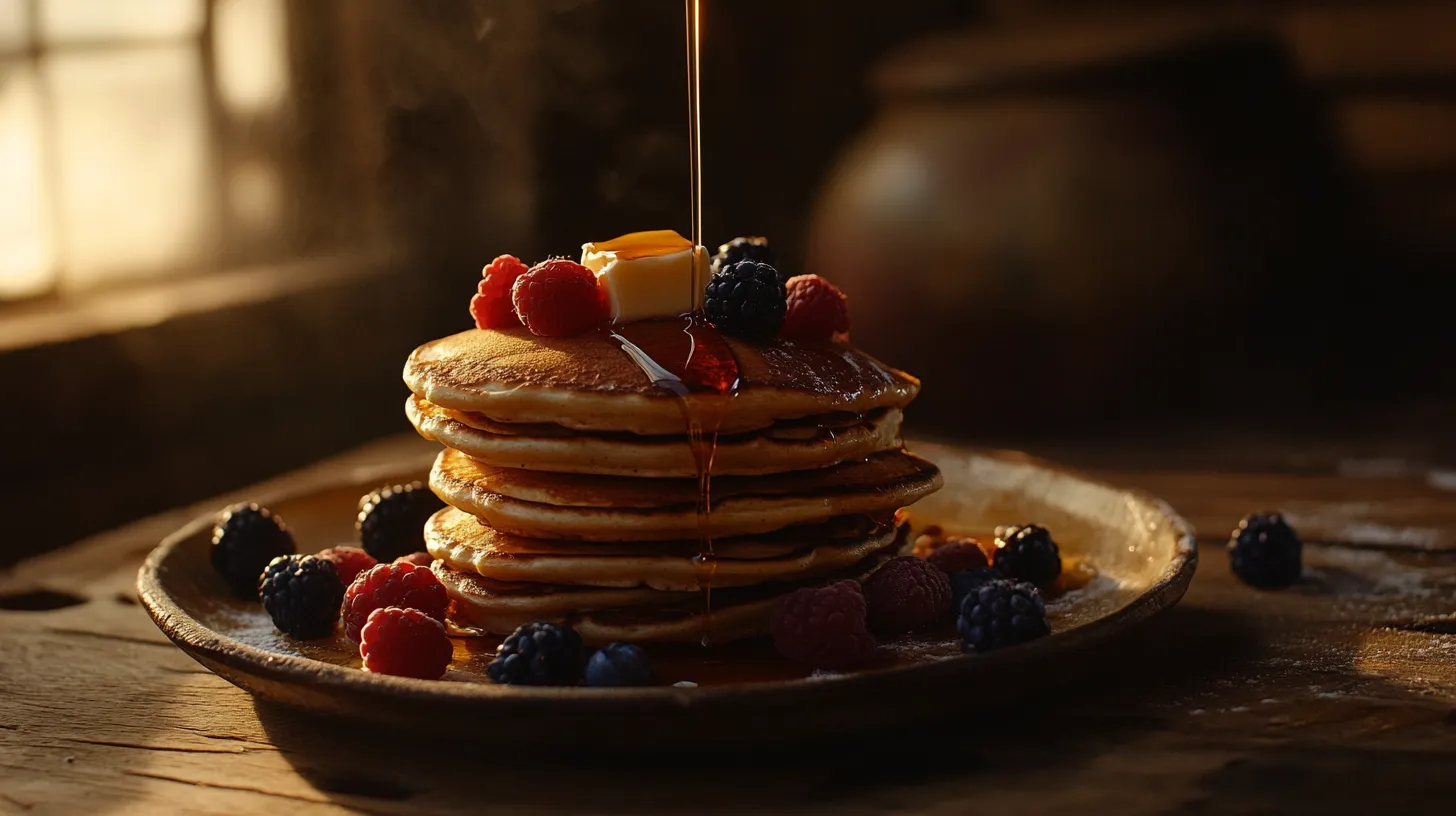Why Are Restaurant Pancakes So Fluffy?
Pancakes at restaurants seem to have a magical quality. They’re always fluffy, golden, and just the right amount of sweet. Have you ever wondered why your homemade pancakes don’t quite match up? This article will uncover the secrets behind those irresistible pancakes. From the special ingredients chefs use to the precise techniques they follow, you’ll learn how to make pancakes that rival the best restaurants. Let’s dig in!
Table of Contents
The Secret Ingredients for Restaurant Pancakes
Using Buttermilk for Extra Tenderness
One of the biggest secrets to fluffy pancakes is buttermilk. It’s not just about taste—though it adds a lovely tang—but also about the science behind it. Buttermilk is acidic, which reacts with baking soda to create carbon dioxide. These tiny gas bubbles are what make pancakes rise and become airy.
Restaurant chefs know that the richness of buttermilk gives pancakes a soft, almost creamy texture. If you don’t have buttermilk at home, don’t worry. You can make a quick substitute by adding a tablespoon of vinegar or lemon juice to regular milk and letting it sit for a few minutes.
The Power of Baking Powder and Baking Soda
The combination of baking powder and baking soda is another reason why restaurant pancakes are so fluffy. Baking powder acts as a double-acting leavening agent, meaning it works both when the batter is mixed and when it’s heated. This ensures that the pancakes rise evenly.
Baking soda, on the other hand, works with acidic ingredients like buttermilk to create an extra lift. Chefs often tweak the ratio of these two ingredients to suit the specific texture they’re aiming for. For home cooks, sticking to a 2:1 ratio of baking powder to baking soda works like a charm.
The Role of Eggs in Pancake Batter
Eggs are the glue that holds everything together. They add structure and moisture to pancake batter, ensuring it’s neither too dense nor too dry. The proteins in eggs also help trap air, which is essential for that fluffy texture.
For an even lighter result, some chefs separate the yolks and whites. They whip the whites until soft peaks form and then gently fold them into the batter. This step isn’t necessary for everyday pancakes but can make a big difference when you want restaurant-level fluffiness.
The Perfect Mixing Technique Restaurant Pancakes
Mixing Without Overworking the Batter
When it comes to making pancakes, how you mix the batter can make or break the fluffiness. Overmixing is one of the biggest mistakes home cooks make. It’s tempting to stir until every lump disappears, but that’s where things go wrong. Overmixing develops gluten in the flour, leading to tough and chewy pancakes instead of light and airy ones.
Restaurants avoid this by mixing the batter gently and stopping as soon as the ingredients come together. A few lumps in the batter are perfectly fine—they’ll smooth out as the pancakes cook. For best results, use a large bowl and a whisk, making broad, sweeping motions instead of vigorous stirring.
The Importance of Resting the Batter
Another secret to restaurant-quality pancakes lies in resting the batter. After mixing, chefs often let the batter sit for 5–15 minutes. This resting period allows the flour to fully absorb the liquids, resulting in a smoother texture. It also lets the leavening agents, like baking powder and baking soda, start working their magic.
Skipping this step can leave your pancakes less fluffy and slightly dense. So, the next time you ask yourself, Why are restaurant pancakes so fluffy?, remember that patience plays a part too.

Using the Right Utensils
Even the tools you use can influence your pancakes. While a whisk is ideal for mixing, a ladle or measuring cup works best for pouring batter onto the griddle. This ensures even portions and consistent size.
Chefs also recommend using non-stick spatulas for flipping. The right tools prevent the batter from sticking and make the process smoother. Simple tweaks like these can have a noticeable impact on the final result.
Cooking Restaurant Pancakes Like a Pro
The Magic of Professional Griddles
One major reason restaurant pancakes stand out is the equipment used. Professional griddles provide even heat across the cooking surface, which helps pancakes cook uniformly. This ensures a golden-brown exterior with a fluffy center every time.
At home, you can replicate this effect with a large non-stick skillet or an electric griddle. Make sure it heats evenly and maintain a medium-low setting for the best results.

Controlling Heat for Perfect Pancakes
Temperature control is critical when cooking pancakes. If the pan is too hot, the outside will burn before the inside cooks. Too low, and the pancakes may turn out pale and undercooked.
Restaurants test the pan’s heat by sprinkling a few drops of water on the surface. If the water sizzles and evaporates immediately, the pan is ready. Using consistent heat helps achieve those golden pancakes that are fluffy in the middle.
Timing and Flip Techniques
Flipping pancakes might seem simple, but timing is everything. Pancakes should only be flipped once, and the first side is ready when bubbles appear on the surface and the edges look slightly set. Using a wide spatula, slide it under the pancake and flip it quickly but gently.
Chefs also recommend not pressing down on the pancake after flipping. Doing so squashes the air bubbles, which defeats the purpose of all your hard work. If you’ve ever wondered, Why are restaurant pancakes so fluffy?, part of the answer lies in this careful flipping technique.
Additional Tricks and Tips
Pre-Made Batter for Consistency
One reason restaurant pancakes are always on point is their use of pre-made batter. Restaurants prepare large batches of batter in advance, which not only saves time but also allows the ingredients to meld together. This resting process improves the overall texture and flavor.
At home, you can try making your batter the night before. Store it in an airtight container in the fridge and give it a gentle stir before using. If you’ve ever asked yourself, Why are restaurant pancakes so fluffy?, pre-made batter is a secret worth trying.
For more pancake recipes, check out Alexia Recipes’ Homemade Pancake Recipe (Small Batch) to make the perfect pancakes every time.
Adding Extra Air to the Batter
Restaurants often use techniques that incorporate more air into the batter, such as whipping egg whites separately. This step creates a foam-like consistency that adds lightness. Another trick is to use carbonated water or soda instead of plain water. The carbonation introduces tiny bubbles that mimic the leavening process.
For home cooks, folding whipped egg whites into the batter or trying sparkling water can make a noticeable difference. These simple tweaks can help you achieve fluffier pancakes without much effort.
Finishing Touches: Syrups and Toppings
Pancakes might be fluffy, but toppings take them to the next level. Restaurants often use fresh fruits, whipped cream, and high-quality syrups to create a perfect balance of flavors. Warm maple syrup drizzled over a stack can make every bite heavenly.
For homemade pancakes, experiment with toppings like caramelized bananas, chocolate chips, or even flavored syrups. Presentation matters too—serve your pancakes on a warm plate for that restaurant feel.
FAQs about Restaurant Pancakes
What Is the Best Flour for Fluffy Pancakes?
The type of flour you use can make a big difference. All-purpose flour works well, but self-rising flour can give extra lift. For a healthier twist, mix in a bit of whole wheat flour, but don’t overdo it, as it may weigh down the pancakes.
Can I Substitute Buttermilk in Pancake Recipes?
Yes, you can. If you don’t have buttermilk, mix one tablespoon of lemon juice or vinegar into a cup of milk. Let it sit for five minutes before adding it to your batter. This simple swap can deliver the same tangy flavor and fluffiness.
Why Are My Pancakes Dense Instead of Fluffy?
Dense pancakes often result from overmixing the batter or using outdated baking powder. Make sure your leavening agents are fresh, and always mix gently. Remember, lumps are okay in pancake batter!
Should I Use Salted or Unsalted Butter for Pancakes?
Both work, but most recipes recommend unsalted butter. This way, you can control the amount of salt in the batter. Salted butter is fine if that’s all you have, but skip adding extra salt to the recipe.
Conclusion
Fluffy pancakes aren’t just a happy accident—they’re the result of thoughtful ingredients, precise techniques, and a few pro secrets. From the tangy richness of buttermilk to the careful balance of baking powder and baking soda, every detail matters. Whether it’s the gentle mixing of batter or the art of timing that perfect flip, the steps all add up to pancakes that are light, airy, and irresistibly golden.
If you’ve ever wondered, Why are restaurant pancakes so fluffy?, the answer lies in patience and practice. Resting the batter, using the right tools, and even experimenting with tricks like whipped egg whites can transform your pancakes from average to exceptional.
But let’s not forget the finishing touches—toppings and syrups that add that extra something special. Whether you’re serving pancakes for breakfast or a weekend treat, these simple yet effective tips can help you bring the magic of restaurant pancakes right to your table.
Now it’s your turn. Start your next pancake adventure with these tips and tricks, and discover how easy it can be to create stacks of fluffy pancakes that everyone will love.
